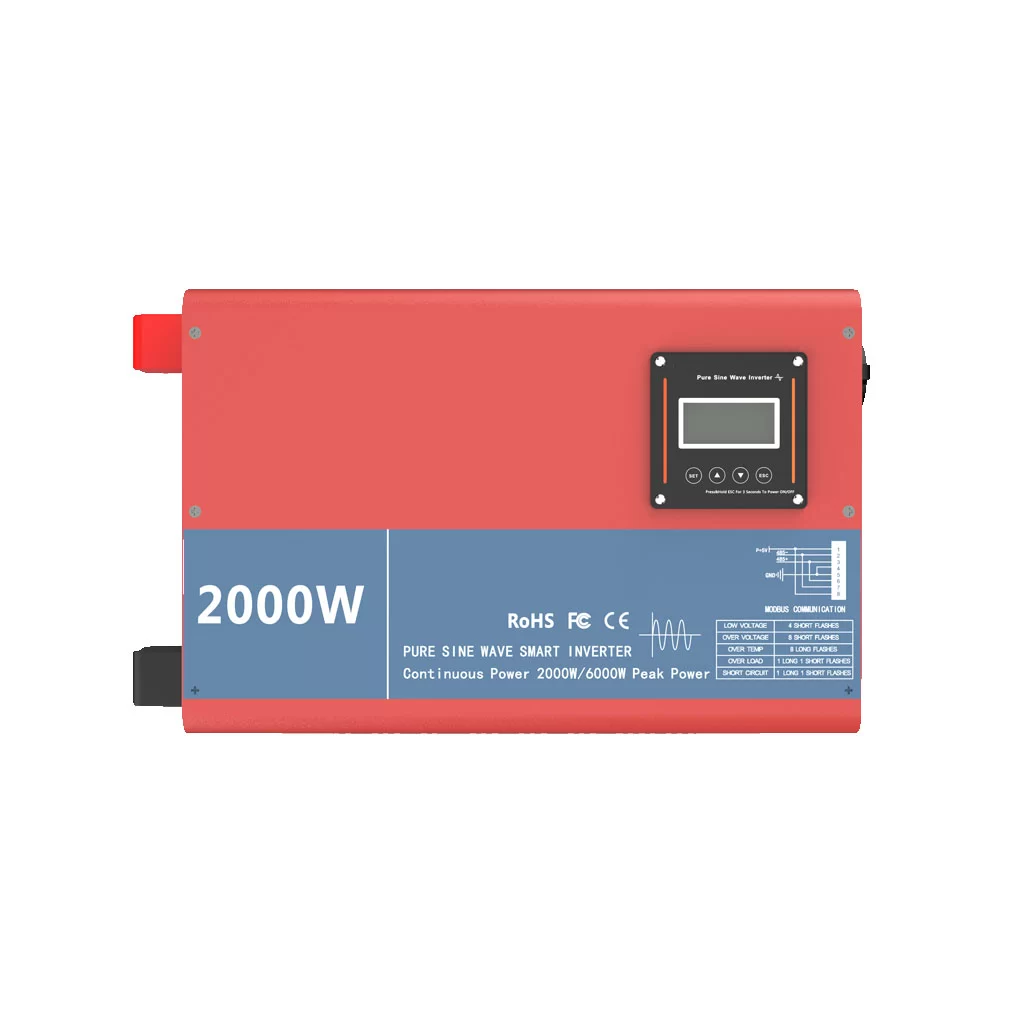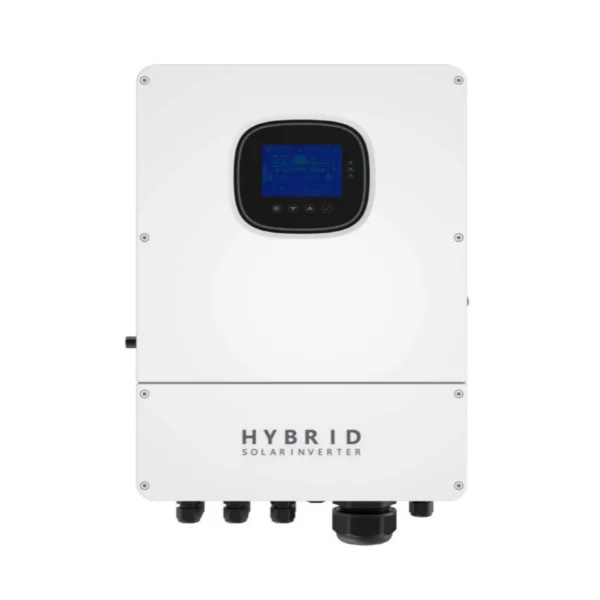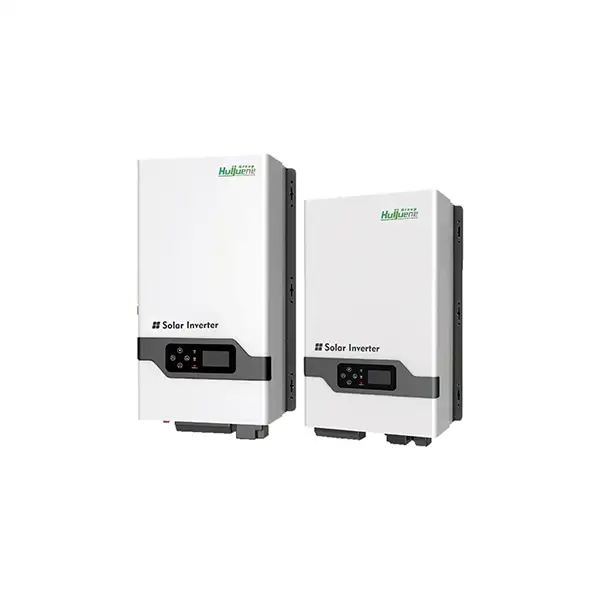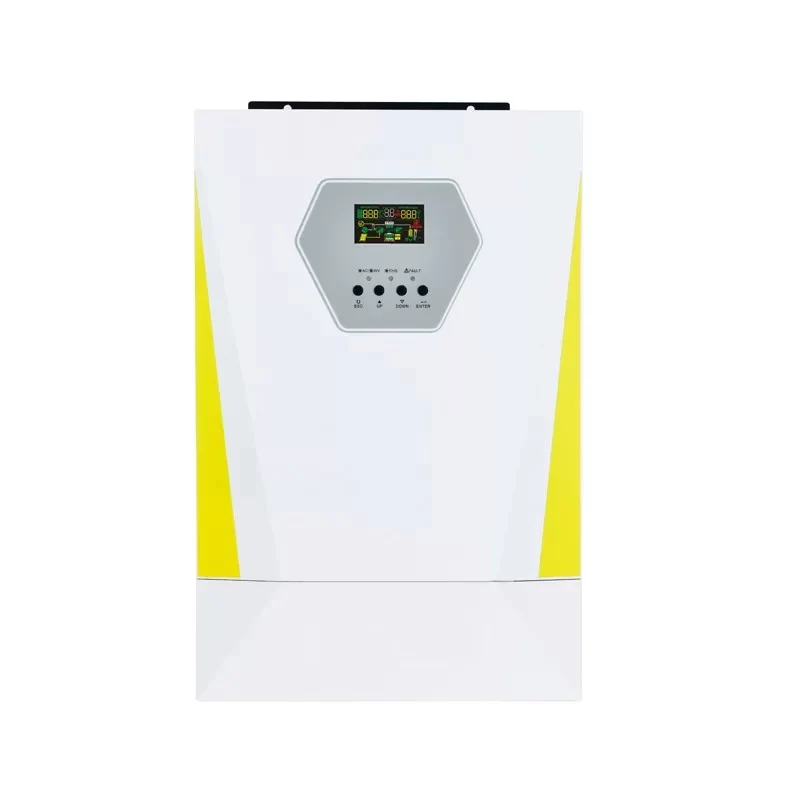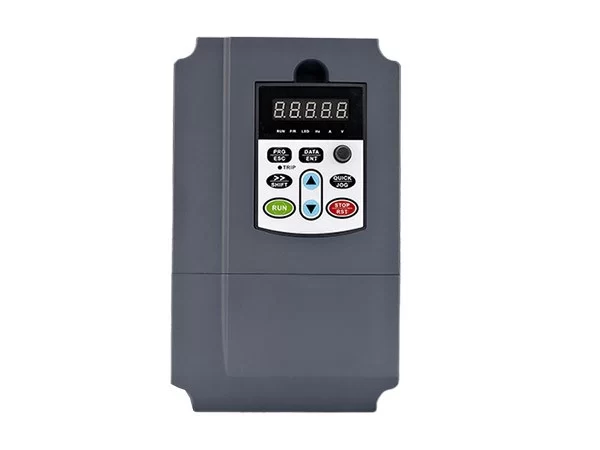Get A Quote Now!
Photovoltaic Inverter Market Analysis: Competition Landscape and Development Trends
The PV Inverter market has evolved rapidly, driven by technological advancements, policy shifts towards clean energy, and increasing demand for efficient solar power generation systems. In this analysis, we explore the competitive landscape of the photovoltaic (PV) inverter industry and highlight future development trends that are shaping the market.

Competitive Landscape of the PV Inverter Market
The PV inverter market is highly competitive, with both domestic and international players competing for market share. Historically, European companies like SMA Solar Technology dominated the sector, thanks to early advancements in solar inverter technologies. However, Chinese companies such as Sungrow and Huawei have quickly gained momentum by leveraging cost advantages, manufacturing scale, and technological innovations.
In recent years, PV inverter hybrid systems, which integrate energy storage, have emerged as a key growth area. These systems allow users to store excess solar energy for later use, providing backup power and improving energy efficiency. Hybrid inverters are particularly attractive in regions with fluctuating power grids or high electricity prices.
Leading Players and Market Dynamics
International players, like SMA and ABB, still hold significant portions of the global market, especially in Europe and North America. However, Chinese manufacturers have captured substantial market share due to their ability to offer high-performance PV inverters at competitive prices. The ability of Chinese companies to innovate and produce at scale has dramatically shifted the market’s center of gravity.
One of the primary competitive edges of Chinese manufacturers lies in their capacity to produce PV inverter hybrid systems that cater to both grid-connected and off-grid applications, tapping into the growing demand for energy storage.
Key Development Trends in the PV Inverter Market
1. Energy Storage Integration
The rise of energy storage solar systems is a key trend driving the inverter market. As solar adoption increases, energy storage systems are becoming critical for ensuring stable power supply and maximizing the utilization of solar power. PV inverter hybrid systems that integrate energy storage technology are paving the way for more versatile and resilient power solutions.
This trend has fueled the development of inverters that can switch between grid-tied and off-grid modes, depending on energy availability and grid conditions. Consumers are also drawn to these solutions due to the flexibility they offer in managing energy costs and consumption.
2. Efficiency and MPPT Advancements
Improving the efficiency of photovoltaic PV cells and the performance of inverters remains a central focus. Maximum Power Point Tracking (MPPT) technology has been crucial in ensuring that solar inverters operate at peak efficiency by constantly adjusting to environmental factors like temperature and sunlight intensity. Moving forward, inverters with enhanced MPPT capabilities will enable more precise energy harvesting even under complex weather conditions.
For instance, as multi-peak power output MPPT algorithms evolve, PV inverters will further optimize solar energy conversion, enhancing the overall performance of photovoltaic systems in various scenarios.
3. Intelligent Energy Management
Smart energy management is becoming increasingly important in the PV industry. Many new-generation PV inverters now come with intelligent features, allowing for real-time data monitoring, system diagnostics, and even remote control via mobile apps. These features not only provide users with greater control but also help reduce operational and maintenance costs by predicting potential issues before they cause system failures.
Additionally, the integration of big data and the Internet of Things (IoT) is enabling PV inverters to play a more prominent role in energy management systems, making them essential components of future smart grids.
Challenges and Opportunities
While technological advancements and falling costs have propelled the PV inverter market forward, challenges remain. One key challenge is ensuring that inverters can keep up with the increasing capacity of modern solar panels and energy storage systems. Additionally, with the global shift towards clean energy, the demand for reliable and efficient solar inverters is expected to rise, presenting new opportunities for market expansion.
As PV inverters continue to evolve, their role in energy storage and grid stabilization will become even more critical. The trend towards higher voltage and power density will also push manufacturers to innovate further.
How Do PV Inverter Trends Affect You?
If you’re considering investing in solar energy or are already part of the renewable energy industry, what do these trends mean for you? Will you opt for a hybrid PV inverter that supports energy storage for greater flexibility and efficiency? As technology advances, now is an excellent time to think about how you can optimize your energy systems for the future.
Huijue Group: Leading the Charge in PV Inverter Innovation
Huijue Group is at the forefront of PV inverter technology, offering advanced PV inverter hybrid solutions that integrate solar power with energy storage. Designed for both grid-connected and off-grid applications, Huijue’s inverters provide users with high efficiency, reliable performance, and intelligent energy management features.
Explore Huijue’s latest offerings in PV inverters and take control of your energy future with smart, sustainable solutions.

